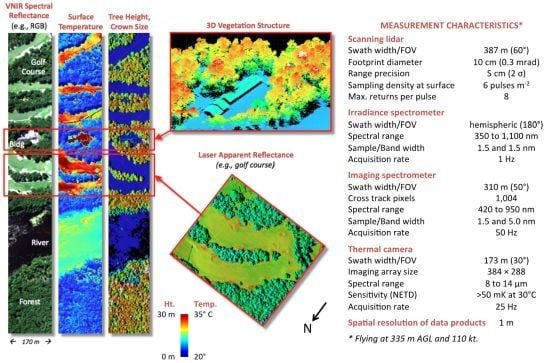NASA Goddard’s LiDAR, Hyperspectral and Thermal (G-LiHT) Airborne Imager
Abstract
:1. Introduction
- provide new insight into photosynthetic functionality and vegetation productivity, including new, spatially-explicit remote sensing indicators of key dynamic biological processes;
- characterize fine-scale spatial and temporal heterogeneity in ecosystem structure and function under diverse environmental and climate conditions; and
- create new methods for data fusion to monitor ecosystem health and the effects of climate and human-induced changes on these ecosystems.
2. G-LiHT Design and Instrumentation
2.1. Scientific Objectives and Design Considerations
2.3. Airborne Scanning LiDAR
2.4. Profiling LiDAR
2.5. Irradiance Spectrometer
2.6. Imaging Spectrometer
2.7. Thermal Imaging
3. Calibration
3.1. Boresight Alignment
3.2. Radiometric Calibration
3.3. Wavelength and Radiometric Stability
3.4. Thermal Radiometric Calibration
4. Flight Planning and Data Acquisition
5. Data Products, Processing and Distribution
5.1. Data Products
5.2. Data Processing System
5.2.1. GPS and Inertial Data
5.2.2. Scanning LiDAR Data
5.2.3. Imaging Spectrometer Data
5.2.4. Thermal Data
5.2.5. Profiling LiDAR Data
5.3. G-LiHT Data Distribution
6. Conclusions
Acknowledgments
- Disclaimer of EndorsementReferences in this manuscript to any specific commercial products, processes or services or the use of any trade, firm or corporation name are for the information and convenience of the reader and do not constitute endorsement, recommendation or favoring by the US government or National Aeronautics and Space Administration.
Conflict of Interest
References and Notes
- Goetz, S.; Dubayah, R. Advances in remote sensing technology and implications for measuring and monitoring forest carbon stocks and change. Carbon Manag 2011, 2, 231–244. [Google Scholar]
- Asner, G.P.; Knapp, D.E.; Boardman, J.; Green, R.O.; Kennedy-Bowdoin, T.; Eastwood, M.; Martin, R.E.; Anderson, C.; Field, C.B. Carnegie Airborne Observatory-2: Increasing science data dimensionality via high-fidelity multi-sensor fusion. Remote Sens. Environ 2012, 124, 454–465. [Google Scholar]
- Asner, G.P.; Knapp, D.E.; Kennedy-Bowdoin; Jones, M.O.; Martin, R.E.; Boardman, J.; Field, C.B. Carnegie Airborne Observatory: In-Flight fusion of hyperspectral imaging and waveform light detection and ranging (wLiDAR) for three dimensional studies of ecosystems. J. Appl. Remote Sens 2007, 1, 013536. [Google Scholar]
- Kampe, T.U.; Johnson, B.R.; Kuester, M.; Keller, M. NEON: The First continental-scale ecological observatory with airborne remote sensing of vegetation canopy biochemistry and structure. J. Appl. Remote Sens 2010, 4, 043510. [Google Scholar]
- Chambers, J.Q.; Asner, G.P.; Morton, D.C.; Anderson, L.O.; Saatchi, S.S.; Espírito-Santo, F.D.B.; Palace, M.; Souza, C. Regional ecosystem structure and function: Ecological insights from remote sensing of tropical forests. Trends Ecol. Evol. 2007. [Google Scholar] [CrossRef]
- Anderson, M.C.; Norman, J.M.; Kustas, W.P.; Houborg, R.; Starks, P.J.; Agam, N. A thermal-based remote sensing technique for routine mapping of land-surface carbon, water and energy fluxes from field to regional scales. Remote Sens. Environ 2008, 112, 4227–4241. [Google Scholar]
- Kustas, W.; Anderson, M. Advances in thermal infrared remote sensing for land surface modeling. Agric. For. Meteorol 2009, 149, 2071–2081. [Google Scholar]
- Gamon, J.A.; Penuelas, J.; Field, C.B. A narrow-waveband spectral index that tracks diurnal changes in photosynthetic efficiency. Remote Sens. Environ 1992, 41, 35–44. [Google Scholar]
- Gitelson, A.A. Nondestructive Estimation of Foliar Pigment (Chlorophylls, Carotenoids, and Anthocyanins) Contents: Evaluating a Semi Analytical Three-Band Model. In Hyperspectral Remote Sensing of Vegetation; Thenkabail, P.S., Lyon, J.G., Huete, A., Eds.; Taylor and Francis: New York, NY, USA, 2011; pp. 141–166. [Google Scholar]
- Kokaly, R.F.; Asner, G.P.; Ollinger, S.V.; Martin, M.E.; Wessman, C.A. Characterizing canopy biochemistry from imaging spectroscopy and its application to ecosystem studies. Remote Sens. Environ 2009, 113, S78–S91. [Google Scholar]
- Middleton, E.M.; Huemmrich, K.F.; Cheng, Y.-B.; Margolis, H.A. Spectral Bio-Indicators of Photosynthetic Efficiency and Vegetation Stress. In Hyperspectral Remote Sensing of Vegetation; Thenkabail, P.S., Lyon, J.G., Huete, A., Eds.; Taylor and Francis: New York, NY, USA, 2011; pp. 265–288. [Google Scholar]
- Ustin, S.L.; Roberts, D.A.; Gamon, J.A.; Asner, G.P.; Green, R.O. Using imaging spectroscopy to study ecosystem processes and properties. Bioscience 2004, 54, 523–534. [Google Scholar]
- Bergen, K.M.; Goetz, S.J.; Dubayah, R.O.; Henebry, G.M.; Hunsaker, C.T.; Imhoff, M.L.; Nelson, R.F.; Parker, G.G.; Radeloff, V.C. Remote sensing of vegetation 3-D struture for biodiversity and habitat: Review and implications for lidar and radar spaceborne missions. J. Geophys. Res 2009, 114, G00E06. [Google Scholar]
- Cook, B.D.; Bolstad, P.V.; Næsset, E.; Anderson, R.S.; Garrigues, S.; Morisette, J.; Nickeson, J.; Davis, K.J. Using LiDAR and Quickbird data to model plant production and quantify uncertainties associated with wetland detection and land cover generalizations. Remote Sens. Environ 2009, 113, 2366–2379. [Google Scholar]
- Berni, J.A.; Zarco-Tejada, P.J.; Sepulcre-Canto, G.; Fereres, E.; Villalobos, F. Mapping canopy conductance and CWSI in olive orchards using high resolution thermal remote sensing imagery. Remote Sens. Environ 2009, 113, 2380–2388. [Google Scholar]
- Nelson, R.; Parker, G.; Hom, M. A Portable airborne laser system for forest inventory. Photogramm. Eng. Remote Sensing 2003, 69, 267–273. [Google Scholar]
- Land Vegetation, and Ice Sensor (LVIS). Available online: http://lvis.gsfc.nasa.gov (accessed on 24 April 2013).
- NIST SIRCUS. Available online: http://www.nist.gov/pml/div685/grp06/sircus.cfm (accessed on 24 April 2013).
- Brown, S.W.; Eppeldauer, G.P.; Lykke, K.R. Facility for spectral irradiance and radiance responsivity calibrations using uniform sources. Appl. Opt 2006, 45, 8218–8237. [Google Scholar]
- Processing Levels. NASA’s Earth Observing System Data and Information System (EOSDIS). Available online: http://earthdata.nasa.gov/data/standards-and-references/processing-levels (accessed on 23 April 2013).
- Cook, B.D.; Bolstad, P.V.; Martin, J.G.; Heinsch, F.A.; Davis, K.J.; Wang, W.; Desai, A.R.; Teclaw, R.M. Using light-use and production efficiency models to predict photosynthesis and net carbon exchange during forest canopy disturbance. Ecosystems 2008, 11, 26–44. [Google Scholar]
- LASer (LAS) File Format Exchange Activities. Available online: http://asprs.org/Committee-General/LASer-LAS-File-Format-Exchange-Activities.html (accessed on 24 April 2013).
- Zhang, K.; Chen, S.; Whitman, D.; Shyu, M.; Yan, J.; Zhang, C. A progressive morphological filter for removing nonground measurements from airborne LIDAR data. IEEE. Trans. Geosci. Remot. Sens 2003, 41, 872–882. [Google Scholar]
- Evans, J.; Hudak, A.; Faux, R.; Smith, A.M. Discrete return lidar in natural resources: Recommendations for project planning, data processing, and deliverables. Remote Sens 2009, 1, 776–794. [Google Scholar]
- Næsset, E. Predicting forest stand characteristics with airborne scanning laser using a practical two-stage procedure and field data. Remote Sens. Environ 2002, 80, 88–99. [Google Scholar]
- Hamlin, L.; Green, R.O.; Mouroulis, P.; Eastwood, M.; Wilson, D.; Dudik, M.; Paine, C. In AERO’11, Imaging Spectrometer Science Measurements for Terrestrial Ecology: AVIRIS and New Developments. Proceedings of the 2011 IEEE Aerospace Conference, Big Sky, MT, USA, 5–12 March 2011; pp. 1–7.
- Corp, L.A.; Middleton, E.M.; McMurtry, J.E.; Campbell, P.K.E.; Butcher, L.M. Fluorescence sensing techniques for vegetation assessment. Appl. Opt 2006, 45, 1023–1033. [Google Scholar]
- Goddard Space Flight Center—Innovative Partnerships Program Office. Available online: http://techtransfer.gsfc.nasa.gov (accessed on 25 April 2013).
- Bird, R.E.; Hulstrom, R.L. A Simplified Clear Sky Model for Direct and Diffuse Insolation on Horizontal Surfaces; Solar Energy Research Institute Technical Report; SERI/TR-642–761; Solar Energy Research Institute: Golden, CO, USA, 1981. [Google Scholar]
- Remote Sensing Applications by ReSe. Available online: http://www.rese.ch/index.html (accessed on 24 April 2013).
- Limaye, A.; Crosson, W.L.; Laymon, C.A.; Njoku, E.G. Land cover-based deconvolution of PALS L-band microwave brightness temperatures. Remote Sens. Environ 2004, 92, 497–506. [Google Scholar]
- Data & Information Policy-NASA Science. Available online: http://science.nasa.gov/earth-science/earth-science-data/data-information-policy/ (accessed on 23 April 2013).
- GeoTIFF. Available online: http://trac.osgeo.org/geotiff/ (on 24 April 2013). Keyhole.
- Markup Language: Google Developers. Available online: https://developers.google.com/kml/ (accessed on 24 April 2013).
- Multi-Resolution Land Characteritcs Consortium (MRLC). Available online: http://www.mrlc.gov/nlcd06_ref.php (accesssed on 21 May 2013).
- Earth Observation for Sustainable Development of Forests. Available online: https://pfc.cfsnet.nfis.org/mapserver/eosd_portal/htdocs/eosd-cfsnet.phtml (accessed on 21 May 2013).
- Olson, D.M.; Dinerstein, E.; Wikramanayake, E.D.; Burgess, N.D.; Powell, G.V.N.; Underwood, E.C.; D’Amico, J.A.; Itoua, I.; Strand, H.E.; Morrison, J.C.; et al. Terrestrial ecoregions of the world: A new map of life on Earth. Bioscience 2001, 51, 933–938. [Google Scholar]
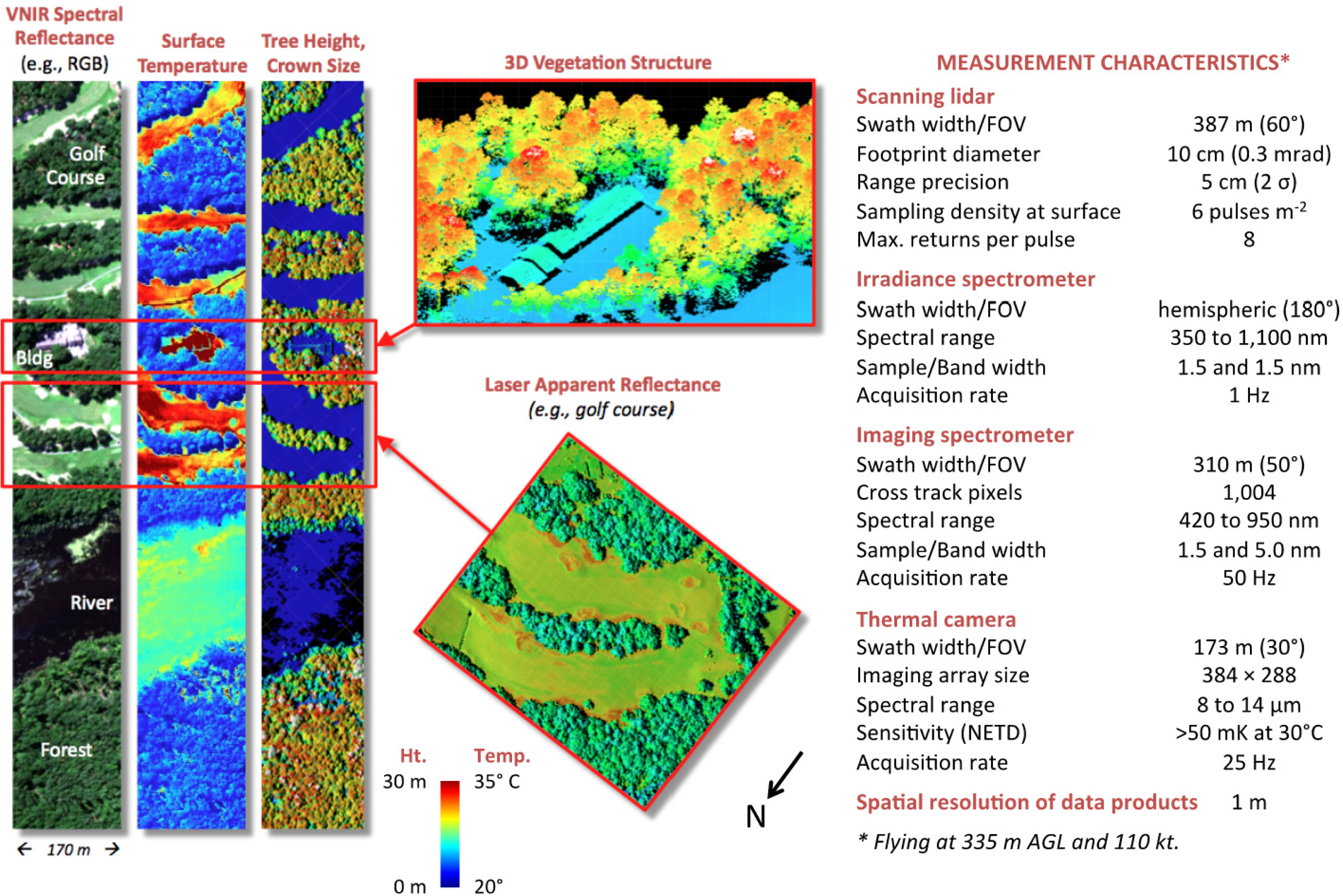
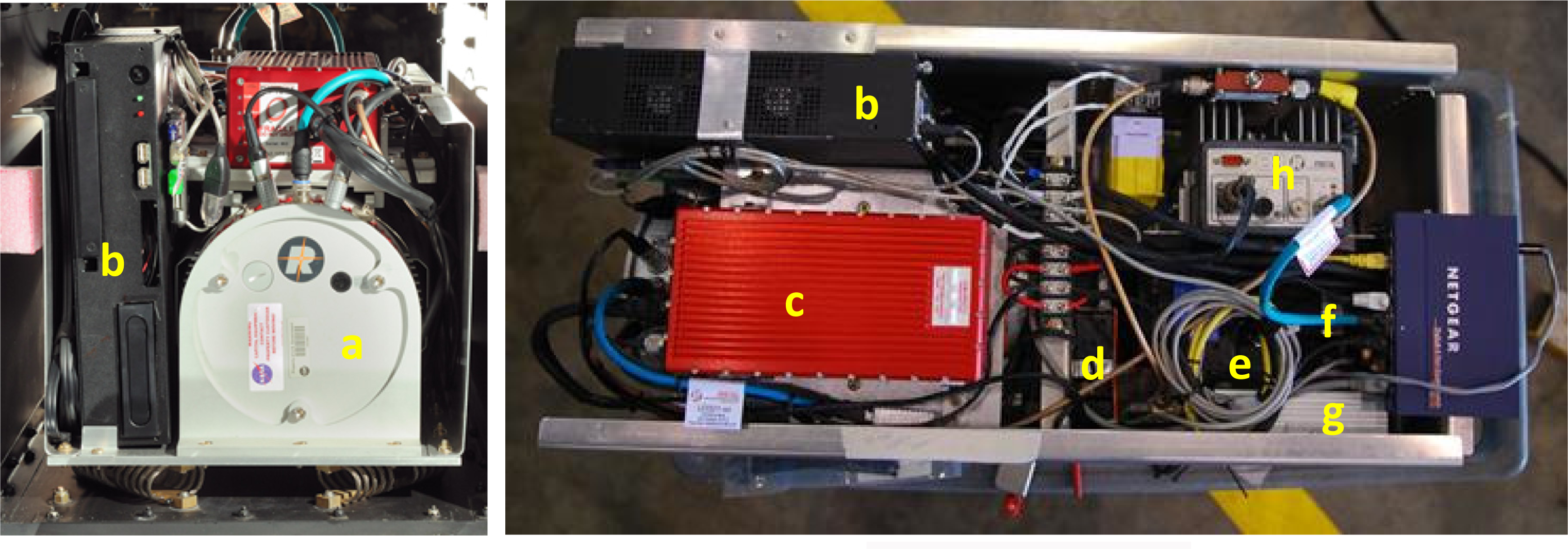

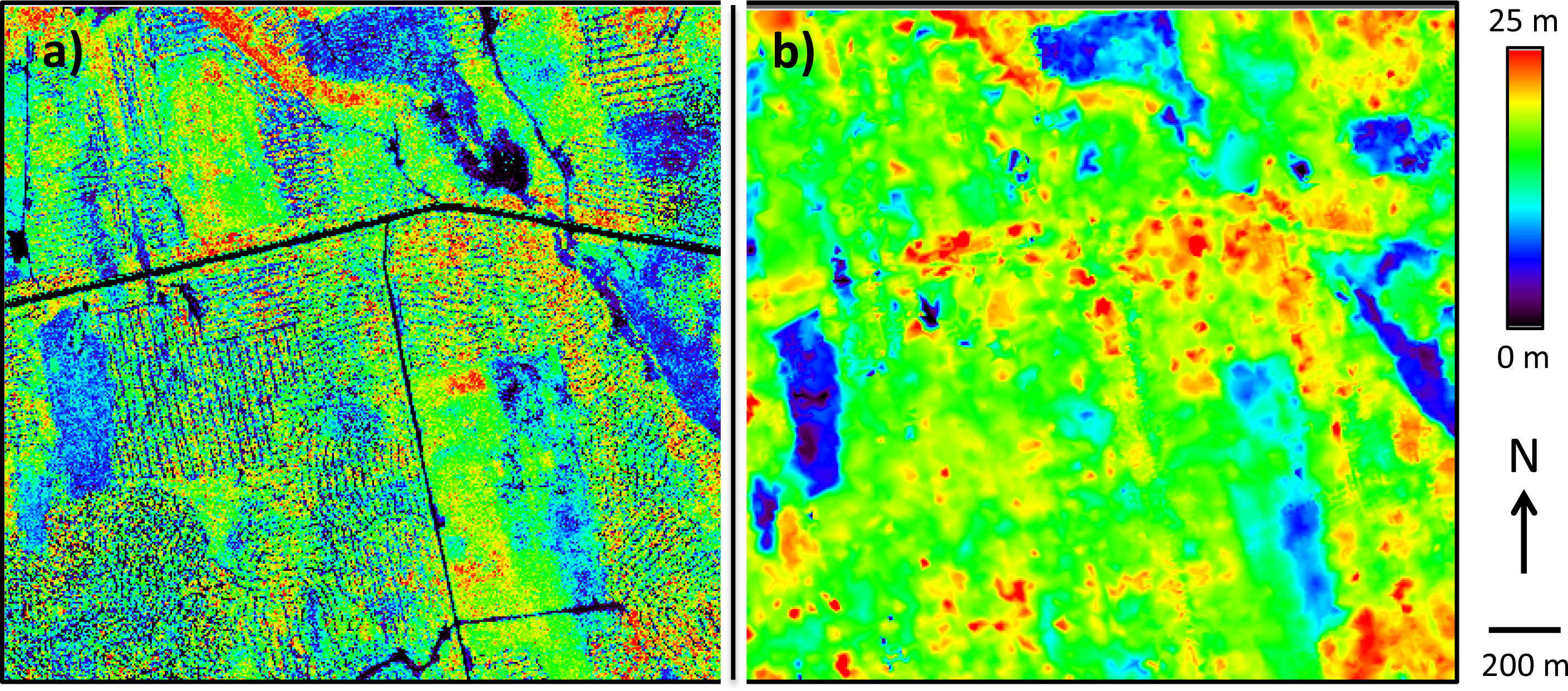
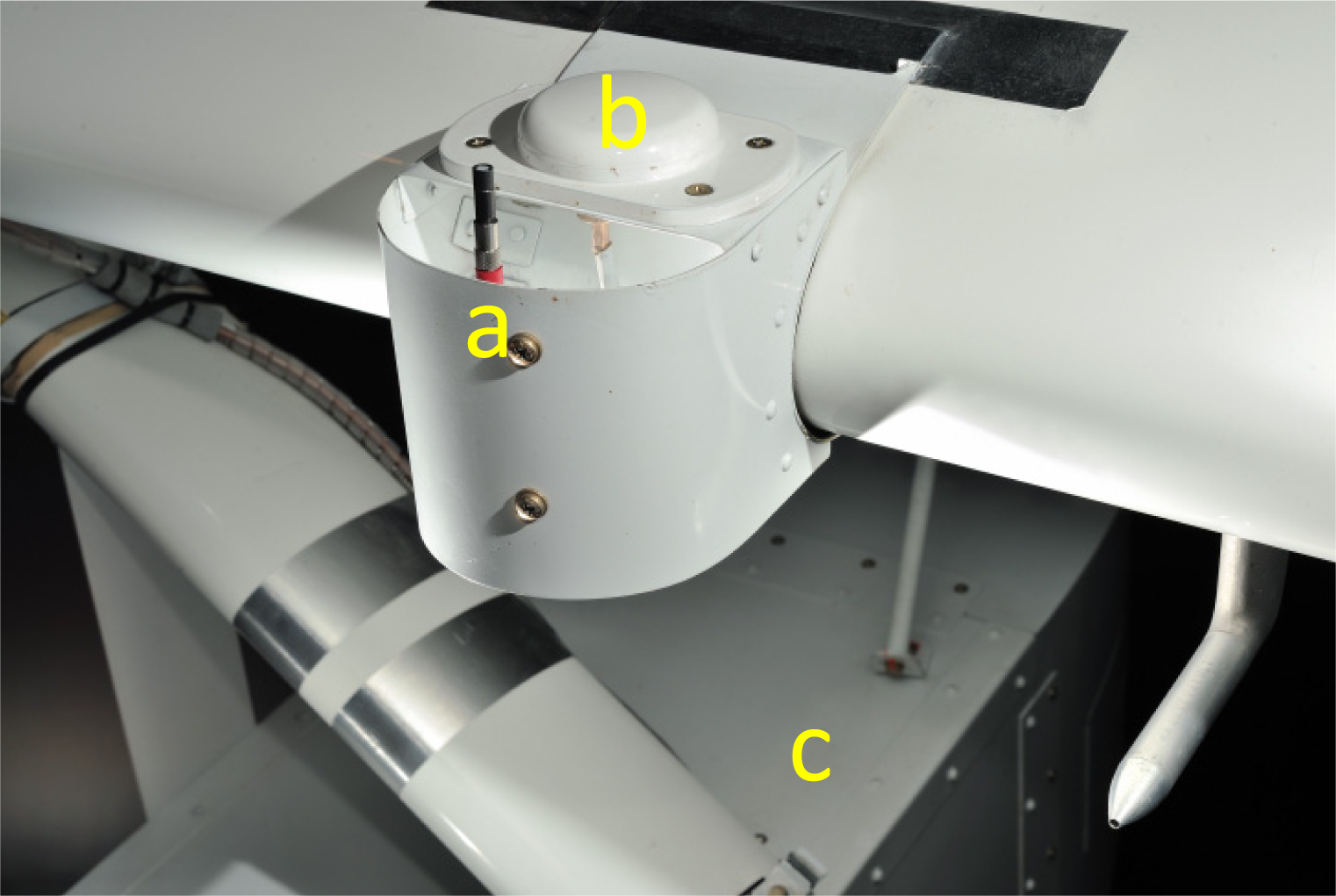
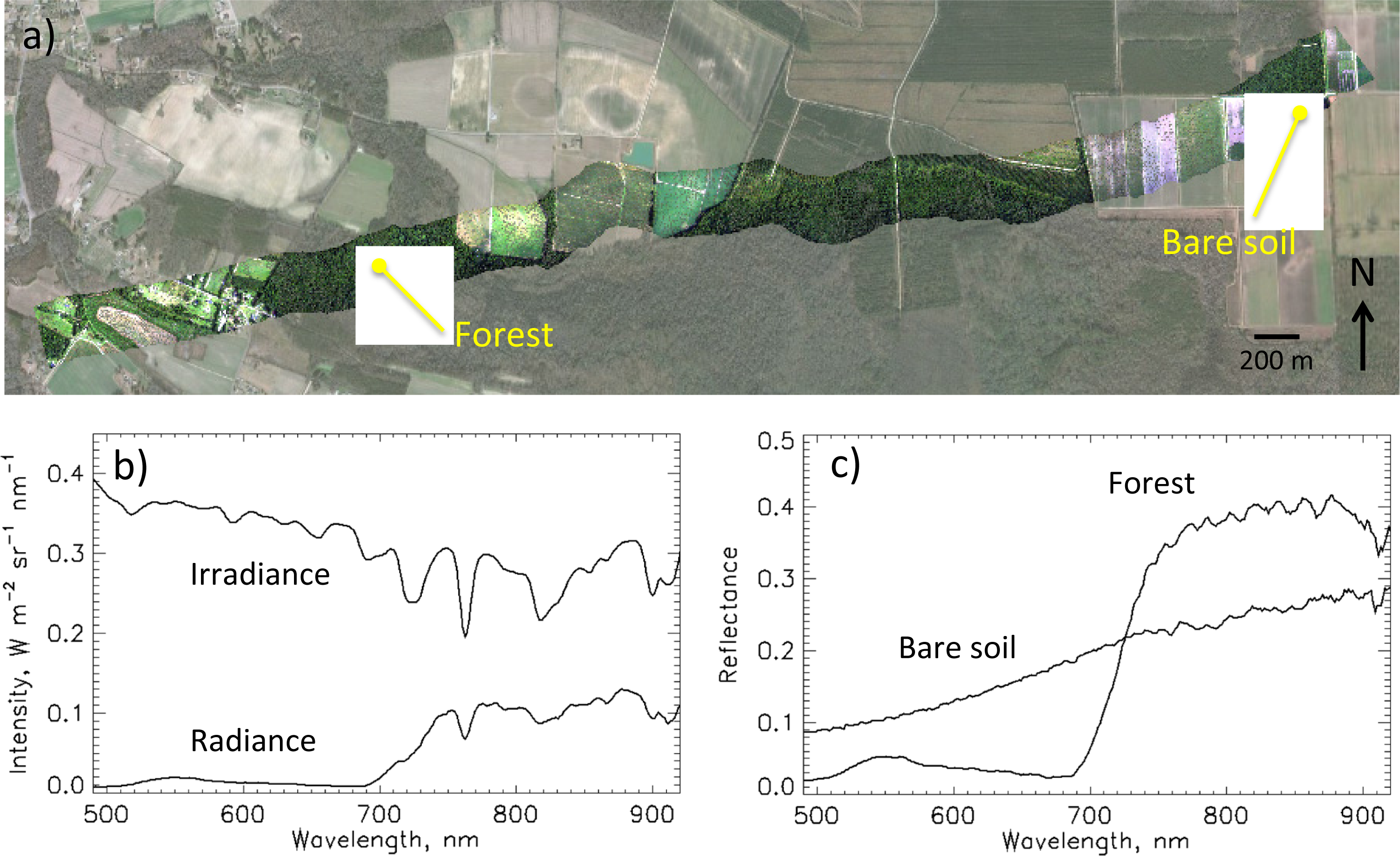

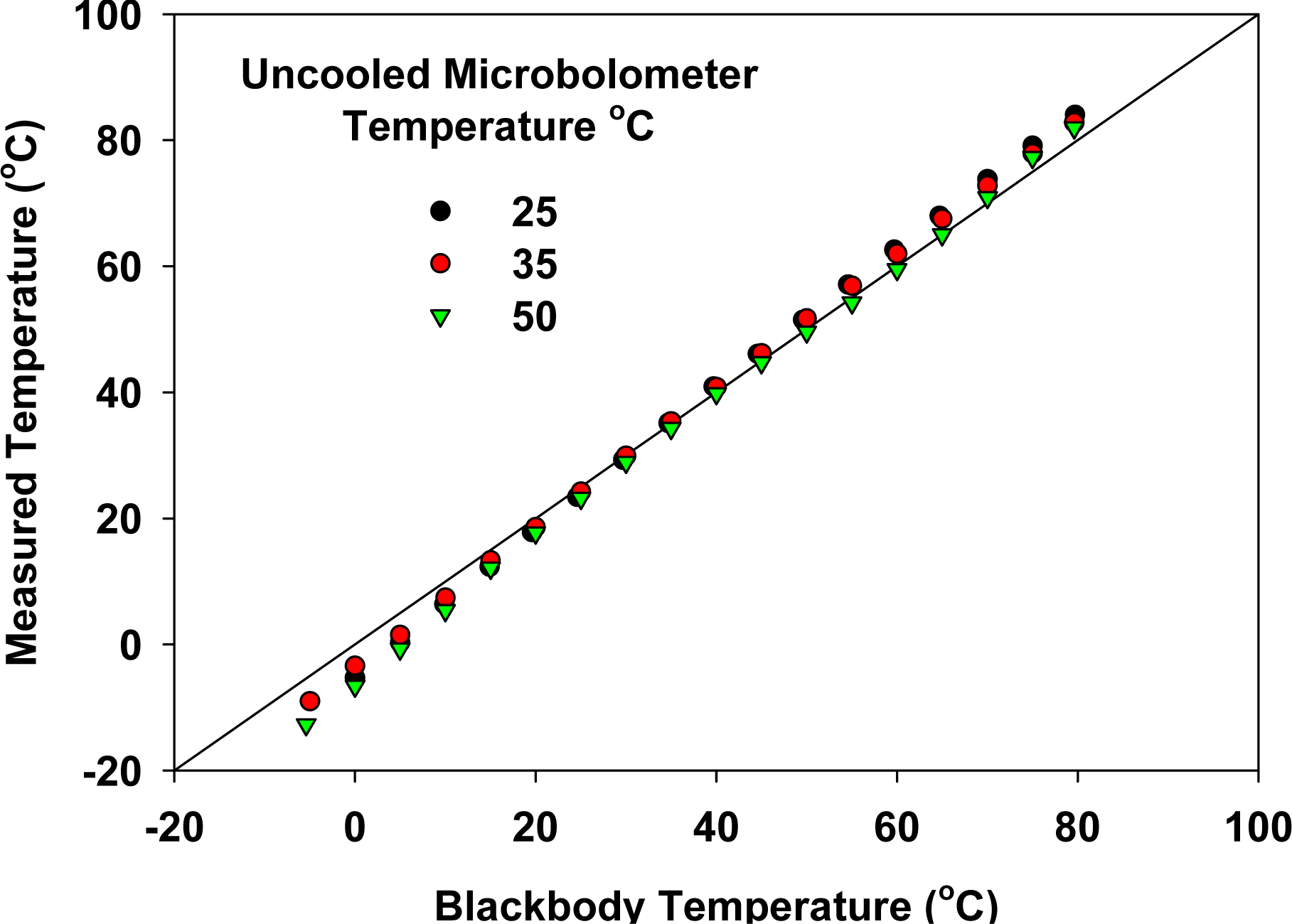

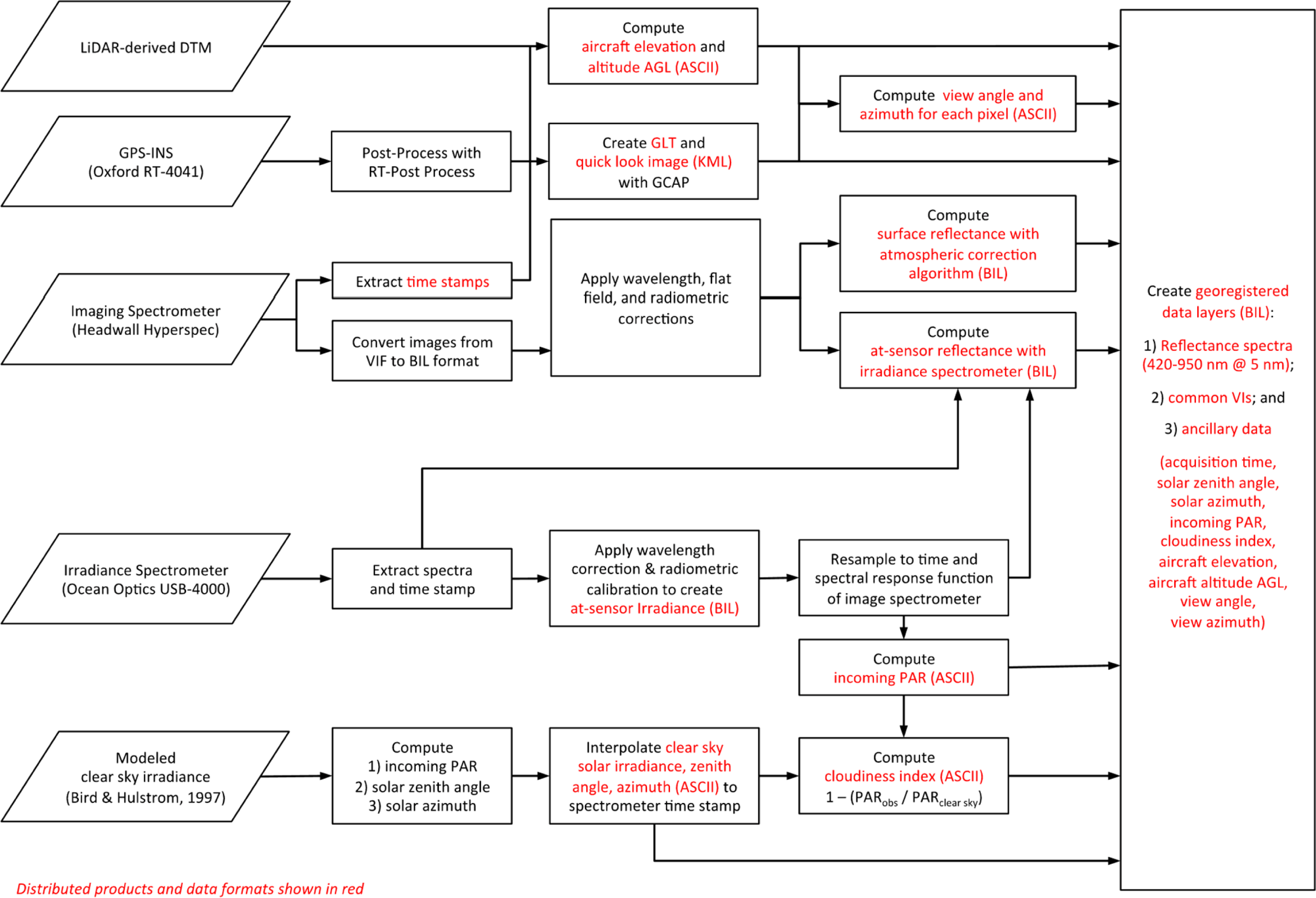

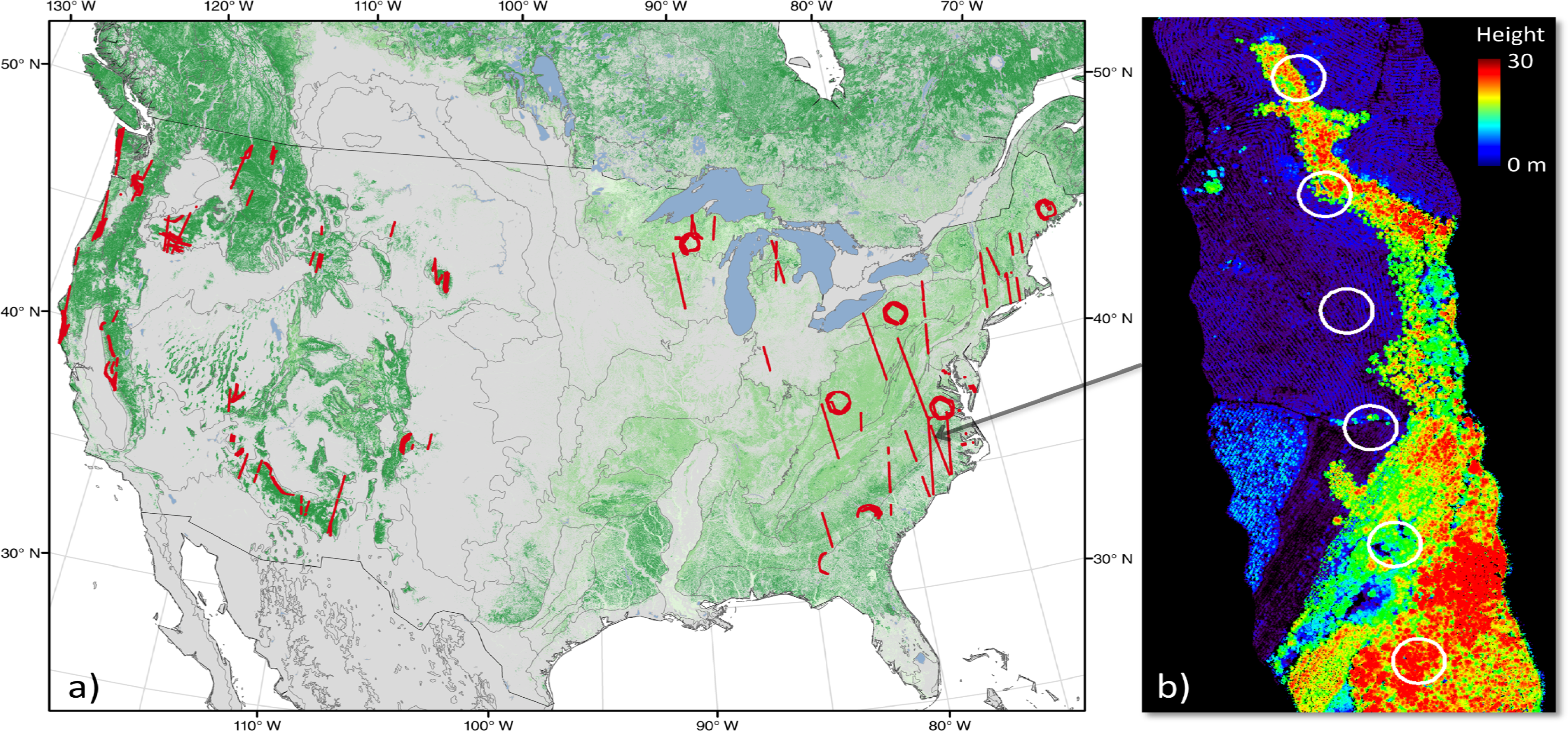
| Objective | Requirement |
|---|---|
| Direct computation of at-sensor reflectance and record of solar illumination conditions |
|
| Mapping species composition and variations in biophysical variables (e.g., photosynthetic pigments, nutrient content) |
|
| Mapping forest health and photosynthetic responses to environmental conditions |
|
| Tree-Scale measurements with minimal atmospheric interference |
|
| Indicator of evapotranspiration and stress |
|
| Mapping terrain, canopy height, and structural attributes (i.e., spatial distribution of canopy elements) |
|
| Continuous canopy height profile |
|
| Continuity with PALS [16] |
|
| High technology readiness and reliability |
|
| Portable (ship or hand-carry) |
|
| Suitable for international campaigns |
|
| Ease of installation and flight certification |
|
| |
| |
| |
| Accurate co-registration |
|
| |
| |
| Ability to collect large data volumes at high data acquisition rates |
|
| |
| |
| |
| Radiometrically calibrated data |
|
| Ability to operate under range of cloud conditions |
|
| Low acquisition and processing costs |
|
| |
| |
|
| Instrument | L1 | L2 | L3 |
|---|---|---|---|
| Oxford RT-4041 GPS-INS 250 Hz measurement rate | Trajectory data (coordinates, roll, pitch, yaw) |
|
|
| Riegl VQ-480 Scanning Lidar 1550 nm laser discrete returns (≤8 pulse−1) 150 kHz measurement rate | Return data (coordinates, scan angle, return number, apparent reflectance) |
|
|
| Headwall Hyperspec Imaging Spectrometer 417 to 1,007 nm 402 bands, ≤5 nm FWHM 1,004 pixels per line 50 Hz measurement rate | At-sensor radiance spectra (W·m−2·sr−1·nm−1) |
|
|
| Ocean Optics USB 4000 Irradiance Spectrometer cosine diffuser 346 to 1,041 nm 1.5 nm FWHM 1 Hz measurement rate | Solar irradiance spectra (W·m−2·sr−1·nm−1) |
|
|
| Xenics Gobi 384 Thermal Camera 8 to 14 μm 25 Hz measurement rate | Temperature data (°C) |
|
|
© 2013 by the authors; licensee MDPI, Basel, Switzerland This article is an open access article distributed under the terms and conditions of the Creative Commons Attribution license (http://creativecommons.org/licenses/by/3.0/).
Share and Cite
Cook, B.D.; Corp, L.A.; Nelson, R.F.; Middleton, E.M.; Morton, D.C.; McCorkel, J.T.; Masek, J.G.; Ranson, K.J.; Ly, V.; Montesano, P.M. NASA Goddard’s LiDAR, Hyperspectral and Thermal (G-LiHT) Airborne Imager. Remote Sens. 2013, 5, 4045-4066. https://doi.org/10.3390/rs5084045
Cook BD, Corp LA, Nelson RF, Middleton EM, Morton DC, McCorkel JT, Masek JG, Ranson KJ, Ly V, Montesano PM. NASA Goddard’s LiDAR, Hyperspectral and Thermal (G-LiHT) Airborne Imager. Remote Sensing. 2013; 5(8):4045-4066. https://doi.org/10.3390/rs5084045
Chicago/Turabian StyleCook, Bruce D., Lawrence A. Corp, Ross F. Nelson, Elizabeth M. Middleton, Douglas C. Morton, Joel T. McCorkel, Jeffrey G. Masek, Kenneth J. Ranson, Vuong Ly, and Paul M. Montesano. 2013. "NASA Goddard’s LiDAR, Hyperspectral and Thermal (G-LiHT) Airborne Imager" Remote Sensing 5, no. 8: 4045-4066. https://doi.org/10.3390/rs5084045
APA StyleCook, B. D., Corp, L. A., Nelson, R. F., Middleton, E. M., Morton, D. C., McCorkel, J. T., Masek, J. G., Ranson, K. J., Ly, V., & Montesano, P. M. (2013). NASA Goddard’s LiDAR, Hyperspectral and Thermal (G-LiHT) Airborne Imager. Remote Sensing, 5(8), 4045-4066. https://doi.org/10.3390/rs5084045



